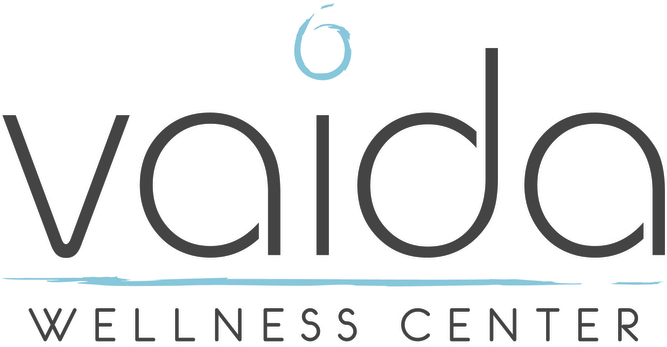
As temperatures warm up, the school year winds down, and summer kicks up its heels, we are all bound to find ourselves spending more time outdoors.
Opportunities for fun in the summer are plentiful for individuals and families but you want to practice smart summer sun safety by using sunscreen and avoiding prolonged sun exposure. Skin cancer is the biggest long-term risk from getting too much sun or experiencing repeat sunburns.
There are many ways to be outside, get ample Vitamin D, and yet be sun savvy.
- Wear protective clothing including a hat when spending long hours in direct sunlight.
- Limit your time outdoors when the sun is at its highest peak and intensity.
- If you will be outside from late morning through mid-afternoon, find some shady areas.
- Protect your eyes with appropriate sunglasses (this is true for children as well as adults).
- Apply sunscreen liberally and often.
- Activities in/around water mean sunlight reflects which means you are more exposed to the UV rays. Be mindful and wear swim shirts or coverups and reapply sunscreen every hour.
Benefits of Sunshine On and For Our Bodies
Getting some daily sunshine and hence some Vitamin D is good for us. It helps our bodies absorb calcium, one of the main building blocks for strong bones. It also boosts the immune system and helps reduce inflammation. The amount of vitamin D you need each day depends on your age. Very few foods naturally supply enough Vitamin D to be beneficial which is why foods that do have it (milk, yogurt, and cereals) are all fortified with it.
Sun exposure upon waking has been proven to help regulate sleep cycles (circadian rhythms). Sunny days have also been studied and shown to increase the release of a hormone called serotonin which is a chemical associated with boosting mood and helping you feel calmer and more focused. Summertime levels of anxiety and depression are significantly less than those documented during the winter months.
Sunscreen 411
You want to use a broad-spectrum sunscreen that protects from both UVA and UVB rays by reapplying every two hours at a minimum and more often when swimming. There has been much research on the levels of SPF in sunscreen. Higher levels of SPF don’t always correlate with more protection and can actually create a false sense of coverage. The Environmental Working Group (EWG) provides a comprehensive look at the various types of sunscreen, the chemicals used in them, and their efficacy in UV protection.
Chiropractic Adjustments Are Just As Important During the Summer Months
Remember, amidst the summer activities, picnics, backyard BBQs, baseball games, swimming and outdoor fun to schedule your regular chiropractic adjustments. Oftentimes everyone gets busy during June, July and August and their chiropractic care takes a backseat.
It is important to keep up and maintain your chiropractic visits, with Dr. Lydia and Dr. Emily, to ensure that your body is working optimally so that you can enjoy all of what the summer months have to offer.
